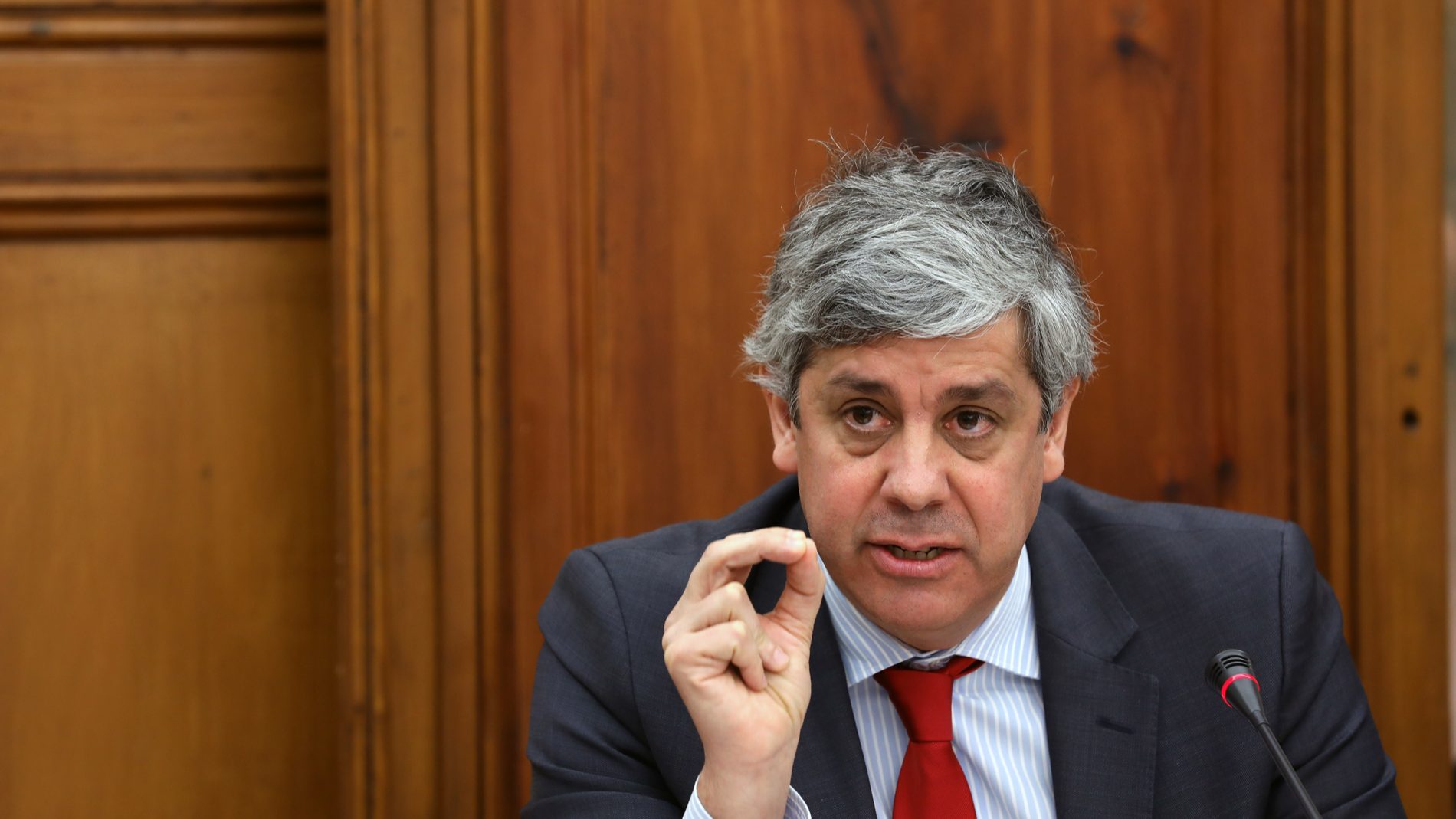Aid to Portuguese banks cost over 9% of GDP since 2007
Aids granted to banks had an accumulated impact of 9.1% of GDP in the deficit between 2007 and 2017, the Bank of Portugal states. Public debt increases again in February.
Aid to Portuguese banks had an accumulated impact of 9.1% of the Gross Domestic Product (GDP) in the deficit and 12.3% in public debt between 2007 and 2017, according to the Bank of Portugal. In February, public indebtedness increased again for the second consecutive month to maximums of five months.
“Banco de Portugal also disclosed the impact on the deficit and the debt of the government measures to support the financial system between 2007 and 2017. In Portugal, these measures had an accumulated impact amounting to 9.1 per cent of GDP in the deficit and 12.3 per cent of GDP in public debt in said period”, the Bank of Portugal disclosed this Monday.
"In Portugal, these measures had an accumulated impact amounting to 9.1 per cent of GDP in the deficit and 12.3 per cent of GDP in public debt [between 2007 and 2017].”
As for the impact in the 2017 deficit, it was of around 4.5 billion euros (2.4% of GDP), essentially by means of the recapitalization of Caixa Geral de Depósitos (CGD), the Bank of Portugal further explains. Due to this operation, Eurostat estimated that the Portuguese deficit stood at 3% last year, and not at 0.91%.
Public debt increases 2.4 billion euros in February
In that statistical press release disclosed this Monday, the Bank of Portugal further stated that public debt increased in February for the second consecutive month: public indebtedness increased in 2.4 billion euros to a total of 246 billion euros, the hisghest amount since last September.
“This [increase] was basically due to an increase in government debt securities (€2.2 billion)”, the institution contextualizes. In that month, the Portuguese Treasury raised 1,250 million euros in bonds and 1,100 million in bills.
On the other hand, net public debt registered a 200 million euros’ increase, ascending to 223.3 billion euros.
This evolution takes place after 2017 ended with a plunging public indebtedness in comparison to the peak in August, a trajectory that is followed by the acceleration in economic activity. This allowed for a debt to GDP ratio of 125.6% according to Maastricht — the definition that matter to Brussels and the key indicator for markets. It was the lowest level since 2011, and it stood below the Government’s goal.




